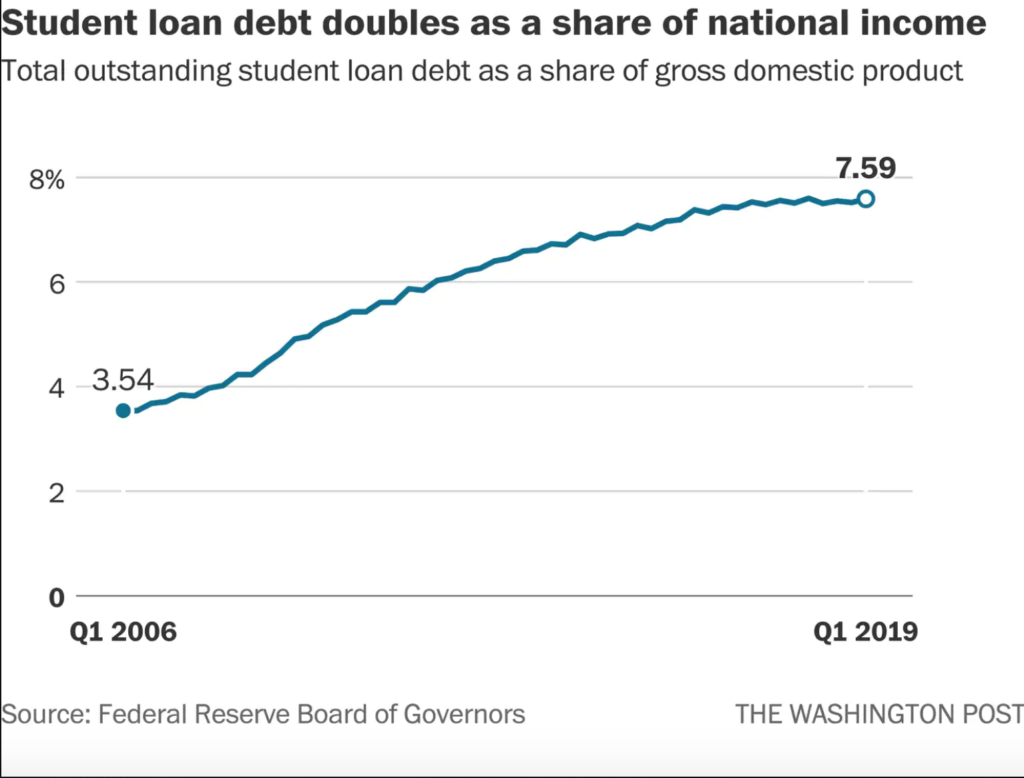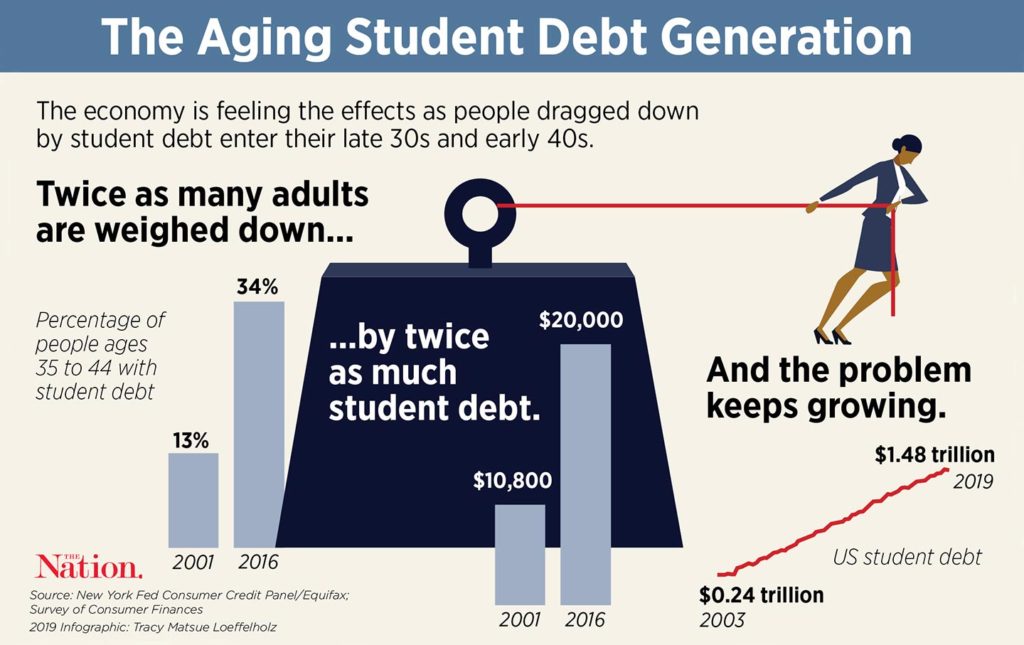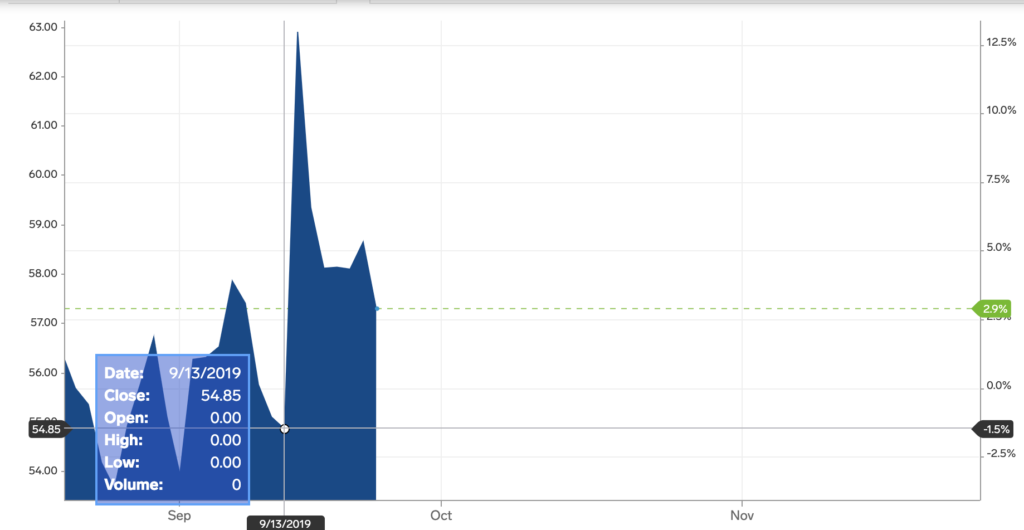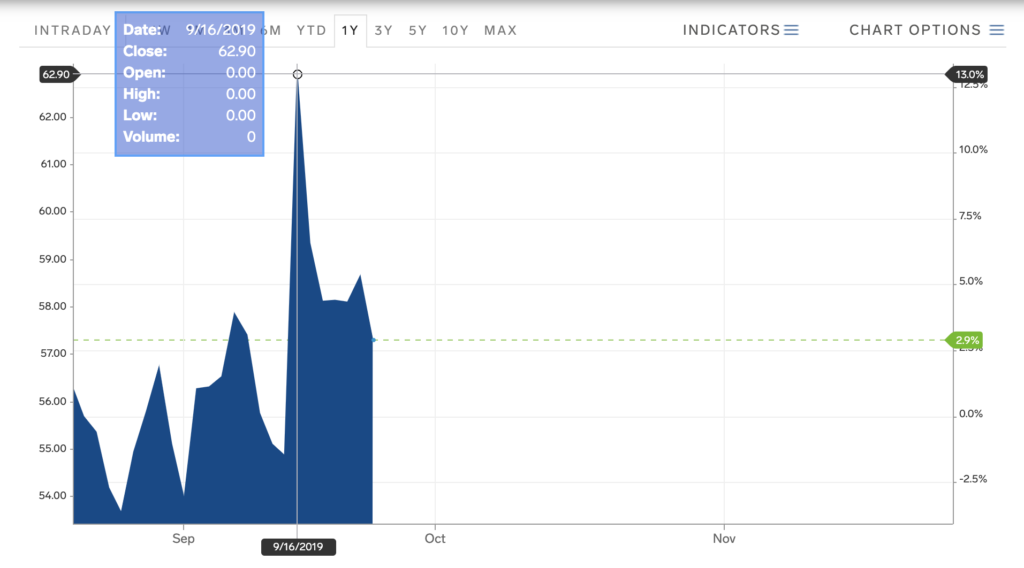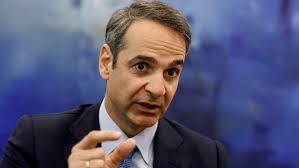Health is the new wealth, but the two are far from mutually exclusive. From clothing to food to hobby trends–wellness is something to aspire to and is correlated to status. Мгновенный займ на карту без проверки кредитной. Whether it is sporting the newest athleisure brand, the new diet fad that is organic, vegan, free of toxins, and packed with micro and macronutrients, or paying upwards of $30 per workout class–being healthy is elite. According to the Global Wellness Institute, wellness expenditures ($4.2 trillion) are now more than half as large as total global health expenditures ($7.3 trillion), and businesses are catching on. They have capitalized off of early trends, and the wellness industry has grown about 13% in a short two years from 2015-2017 (GWI).
If you are familiar with basic economic principles and the rules of supply and demand, the increased popularity surrounding healthy foods sent prices flying high for everyone involved, thus making them more exclusive. Access to healthy food should be a basic right–instead, it is cheaper to get a full meal from a fast food stop than to have fresh vegetables at dinner. There is no shortage of food in the United States. 50% of produce in the United States is thrown away each year–some 60 million tons (or $160 billion) (The Atlantic). Yet 13% of the country’s population lives in a food-insecure household, meaning that they do not have full access or ability to purchase healthy foods (Medium.com). This leads to a large population experiencing malnutrition–whether that means hunger or obesity, it impacts more than just those directly involved.
Although the obesity epidemic in the United States falls across all socioeconomic status’, there is a concentration of food insecurity in lower socioeconomic status. The high demand and limited access to healthy foods is a huge reason to blame for obesity and its correlation to lower socio-economic status. “More than 23 million Americans, including 6.5 million children, live in low-income urban and rural neighborhoods that are more than a mile from a supermarket. These communities are known as “food deserts” since they lack access to affordable, nutritious food. Lack of access is one reason why many children are not eating recommended levels of fruits, vegetables, and whole grains.”(Letsmove.gov). Low-income neighborhoods offered greater access to food sources that promote unhealthy eating. The distribution of fast-food outlets and convenience stores differ by the racial/ethnic characteristics of the neighborhood (NCBI). Rather than presenting these communities with nutritious and energizing food, they are presented with options that have an adverse effect.
Food fuels you with energy to perform at one’s potential, but fast food does the opposite. It causes health issues–primarily obesity. Obesity is related to some of the leading causes of death, including heart disease, some cancers, stroke, and type 2 diabetes (PRB.org). Obesity is a grave public health threat, and accounts for 18 percent of deaths among Americans (Commonwealthfund.org). These health issues naturally lead to higher health care costs and create a cyclical trap where people are stuck in a cycle of poor eating because of the food they can access.
Introducing poor eating habits from a young age teaches children and instills the pattern for the rest of their life. The cycle of poor eating habits and bad health negatively impacts them as well as communities at large. Without the ability to perform at one’s full potential, it can lead to reduced economic productivity. According to a study, obesity “costs the nation over $8 billion per year in lost productivity” (Yale.edu).
Despite the thriving U.S. weight-loss market (worth $66 billion in 2017), (Webwire.com) we need a long term sustainable option. The diet industry commodifies and glamorizes health and wellness when in reality it should simply be accessible to all. Health is not something that should be a fleeting trend, but the exclusivity factor in conjunction with our farming techniques, our country is headed into a serious health crisis. To have a prosperous next generation, it is important to invest in the health of all communities for a better future together.






